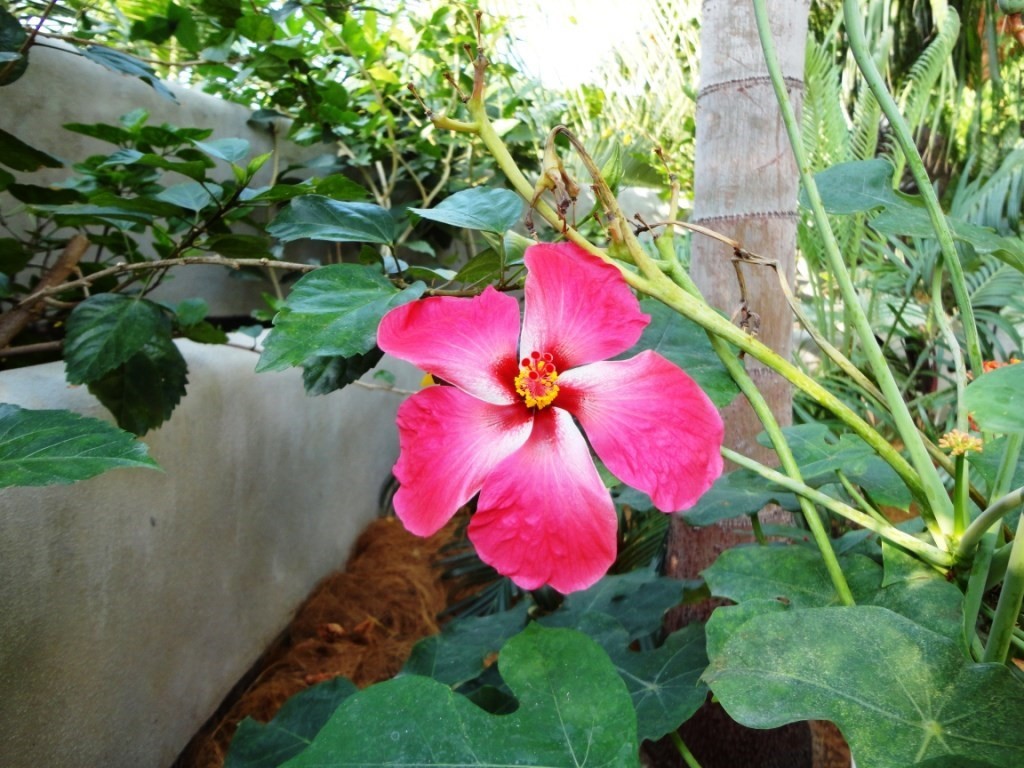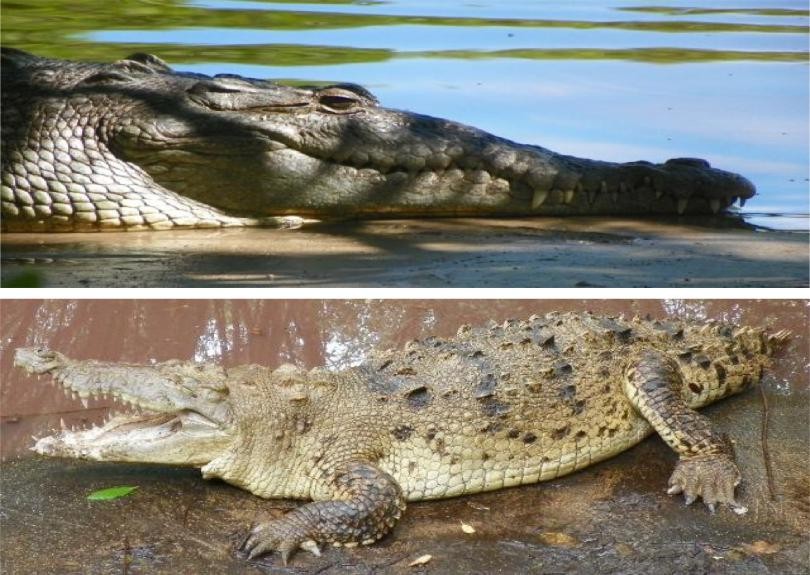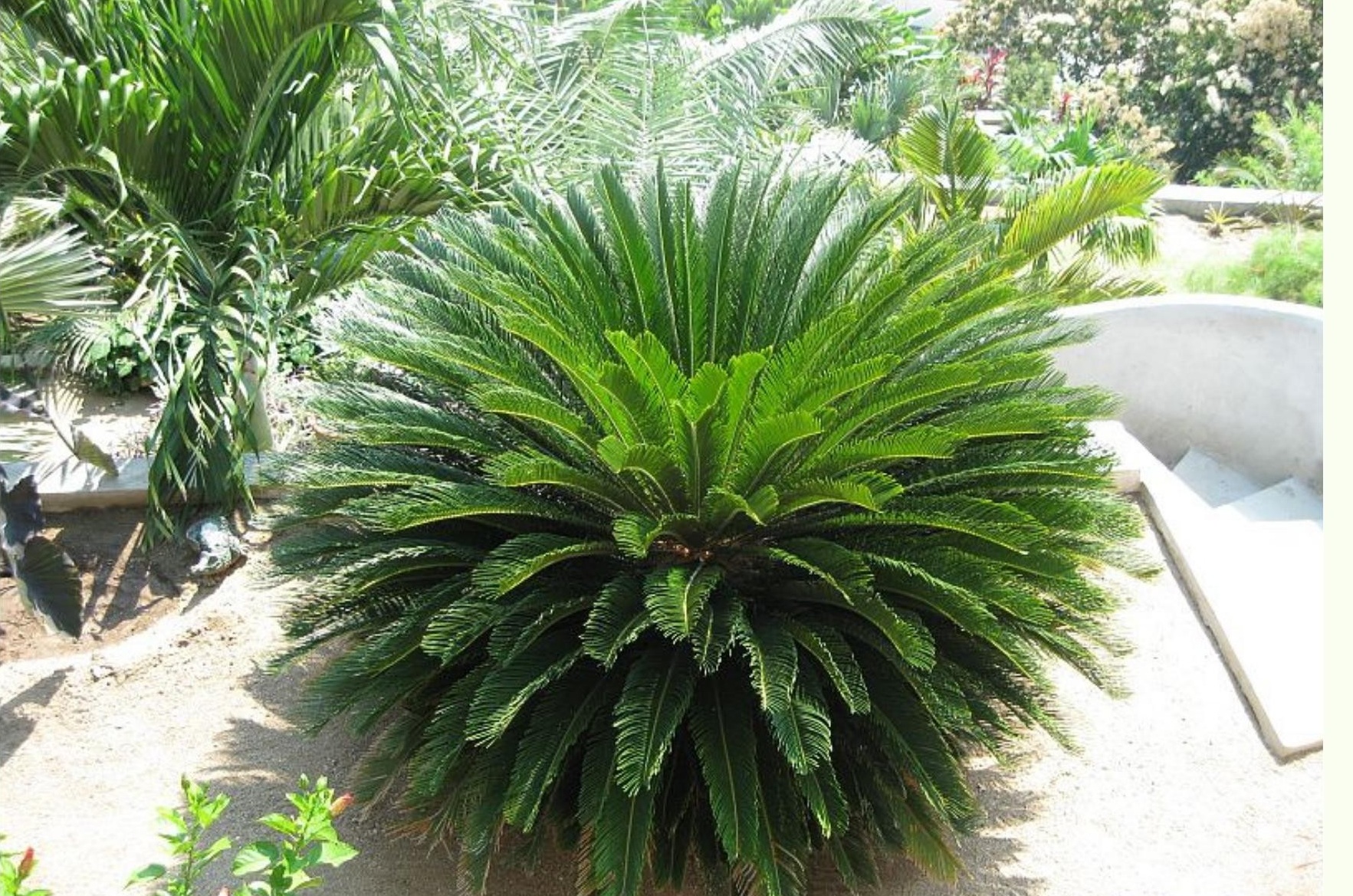By Tommy Clarkson from the September 2018 Edition
Common Hibiscus, Hibiscus syriacus
Family: Malvaceae
Also known as: Hibiscus, Rose of China, Rose Mallow,Flor de Jamaica, and Shrub Althaceae
Actually, there is very little that is “common” in the appearance of the many species in this genus. The brilliant flowers of the hibiscus are to the tropics what beans are to chili!
At the basic level, the “care and feeding” of all Hibiscus species is rather similar so, as to information on the group, just consider them glomped together herein. (That word, I hasten to state, is not generally used in the technical, botanical lexicon!) Their general renown comes from the fact that numerous of these have large, five-petaled, disk-like, colorful flowers, with a rather long, central protrusion consisting of its stamens and pistils.
Throughout the subtropical and tropical regions of the world, these vivid, mallow-like, hibiscus flowers magnificently bloom in a wide array of colors (and combinations thereof) and in slightly differing configurations. Very popular as free-standing plants or landscape shrubs, they may also be effectively incorporated into tropical gardens or dramatically placed on terraces or balconies in pots. (At last count, we have over ten different species.
The large, showy and, usually, trumpet shaped flowers of Hibiscus are what give these plants their great allure. (Some of us, slightly more seasoned sorts, may recall Dorothy Lamour wearing one in her hair in the Bing Crosby/Bob Hope “Road” pictures of the dare I say it 1940’s!)
This genus consists of nearly three hundred annual and perennial, temperate growing, herbaceous plants, sized from smallish, woody shrubs to the awesome, 70-80-foot (21.34-24.38 meters) hibiscus macrophyllus trees. Per Dr. Arthur Whistler, six of the most common species are the Confederate or Cotton Rose (H. mutabilies), a ten-foot (3.05 meter) shrub, native to Southern China; Chinese Hibiscus (H. rosa-sinensis), the same shape and size as the preceding; Roselle, though sometimes called Red Sorrel or Jamaica Sorrel, (H. sabdaroffa), a six-and-a-halffoot (1.98 meters) shrub, thought to be from West Africa; the East African Coral or Fringed Hibiscus (H. Schizopetalus) the same as the first two in size; Rose of Sharon (H. syriacus), of warm, temperate China, and a shrub of thirteen feet (3.97 meters); and, the Beach or Yellow Hibiscus (H. tillaceus), a tree or tall shrub of thirty-three feet (10.06 meters), found throughout the tropics.
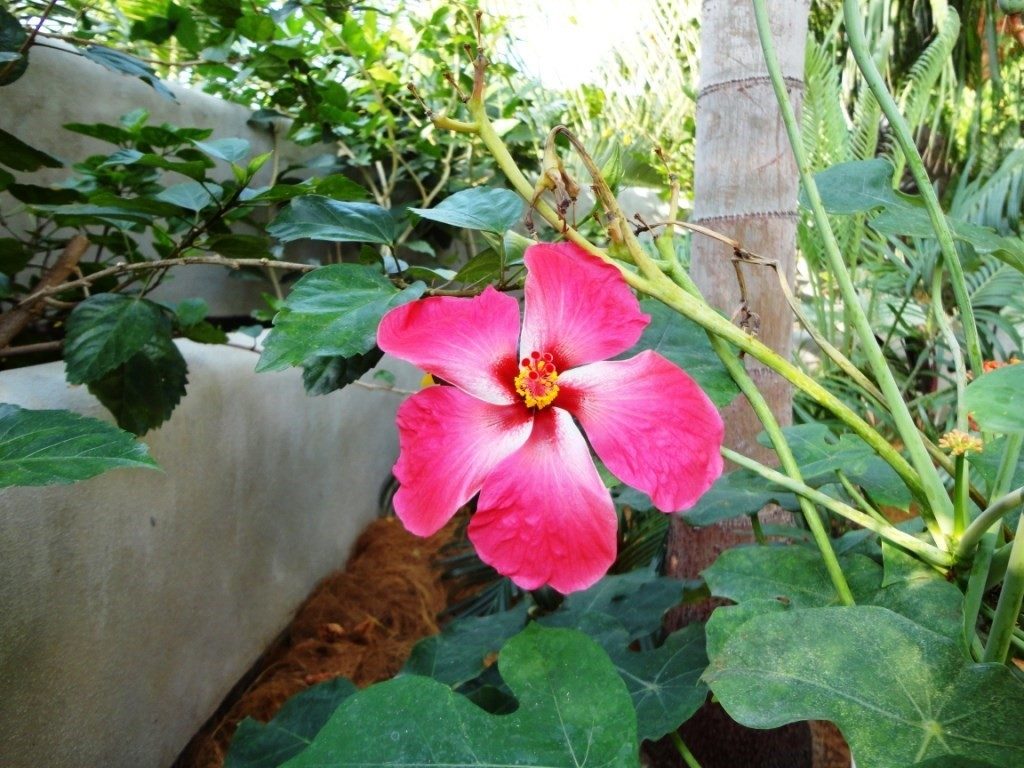
There are a wide array of cultivars and hybrids spawned from the H. rosa-sinensis and H. schizopetalus. (I have found the cultivars, generally, don’t grow as fast, or as well, as the originals.)
…Common Hibiscus
Beyond the blooms, a few of the larger species are singularly magnificent-appearing plants wholly unto themselves. Some have beautiful leaves. In fact, the leaves of the H. acetosella are purportedly edible and can be cooked or used in salads. However, their flowers are the general focus of attention of those of this genus. It is worthy of note that the plant entirety, of the noble appearing H. elatus, is recognized as one of the most attractive tropical flowering trees in the world. However, it is the eye-striking beauty of their bright blooms most often sought. The largest variety grows flowers that are nearly one foot (30 cm) across.
While not from the conventional garden variety Hibiscus, in Mexico, an herbal tea, agua de Flor de Jamaica, is made by boiling the dehydrated Hibiscus sabdariffa flowers. With sugar it tastes somewhat like cranberry juice. Our preferred drink, Jamaica, helps fight high blood pressure and high cholesterol, as well as digestive, immune system and inflammatory problems, cures liver disease, reduces the risk of cancer, speeds up the metabolism and helps in healthy, gradual weight loss. Jams are made often from it in the Caribbean area. In Polynesia, the Hibiscus bark fibers are used to make grass skirts and even wigs. In Southern India, a ground paste shampoo of hibiscus leaves and flowers solves dandruff problems, while its petals are used to cure fever and its roots stop coughs.
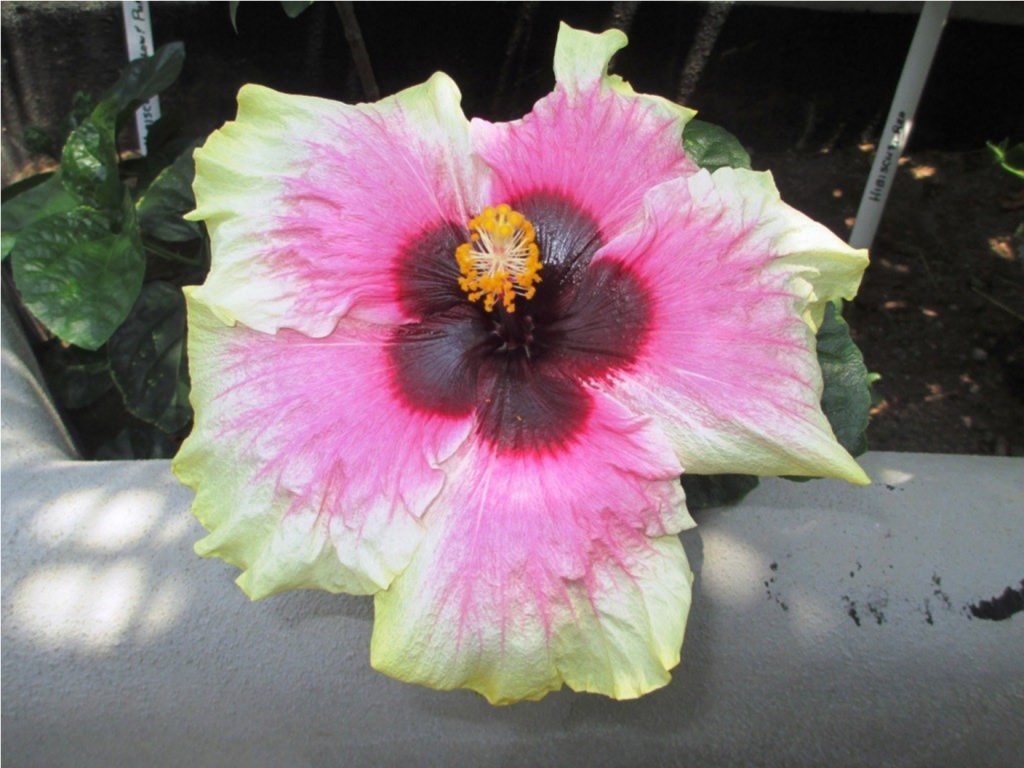
But for those who seek solely the beauty of its flowers, remember, they require regular moisture, sandy, well-drained, loamy soil, some peat or pulverized coconut coir and recurring fertilization is a plus. Hibiscus can be propagated by seed, cuttings or simple plantings I’d encourage the latter. As long as the temperature stays warm, most of these are perpetual bloomers.
Plant, enjoy them, and every morning upon sighting your little beauties, greet them with a hearty “Hi biscus”!
Download the full edition or view it online
—
Tommy Clarkson is a bit of a renaissance man. He’s lived and worked in locales as disparate as the 1.2 square mile island of Kwajalein to war-torn Iraq, from aboard he and Patty’s boat berthed out of Sea Bright, NJ to Thailand, Germany, Hawaii and Viet Nam; He’s taught classes and courses on creative writing and mass communications from the elementary grades to graduate level; He’s spoken to a wide array of meetings, conferences and assemblages on topics as varied as Buddhism, strategic marketing and tropical plants; In the latter category he and Patty’s recently book, “The Civilized Jungle” – written for the lay gardener – has been heralded as “the best tropical plant book in the last ten years”; And, according to Trip Advisor, their spectacular tropical creation – Ola Brisa Gardens – is the “Number One Tour destination in Manzanillo”.
